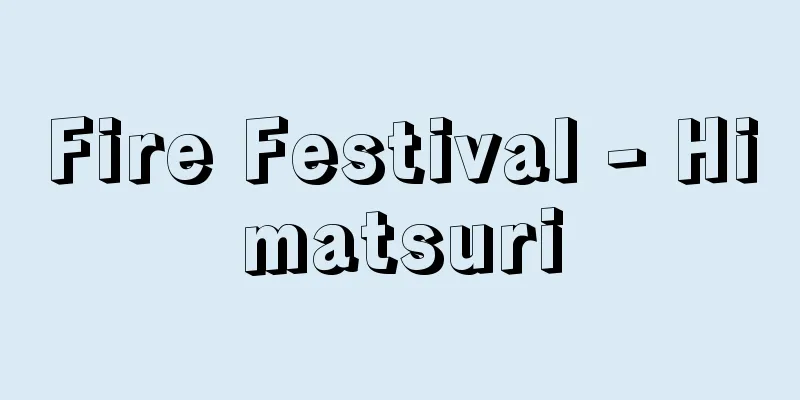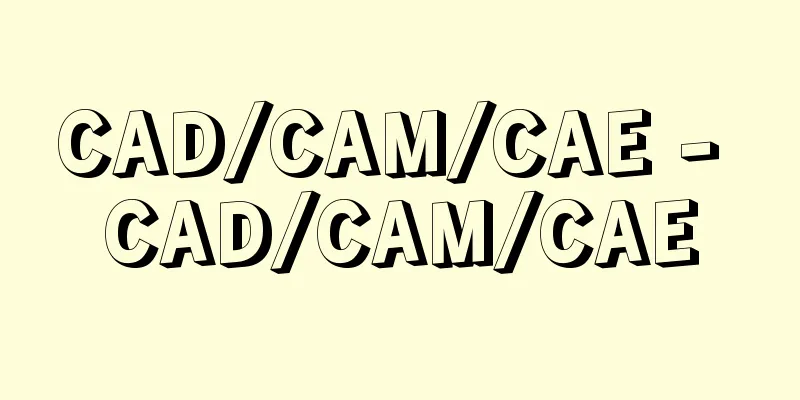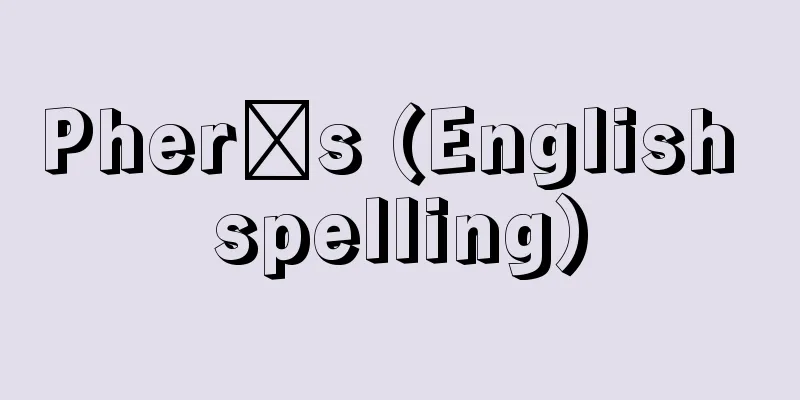Fire Festival - Himatsuri

|
A ritual in which fire is lit to worship gods. Many annual events and festivals in Japan involve the lighting of fires. First there is the Sagicho festival held on Little New Year's Day. It is called Dondo-yaki, but in Nagano Prefecture it is called Sankuro-yaki, and in Kitakyushu it is called Hoken-gyo. This event is held widely throughout the country, with children and young people playing the leading roles. As with New Year's, fire-lighting events are also held during Obon. This is an event to send off and receive spirits, and in the Kansai region a custom called Hashiramatsu is widely practiced. Small torches are thrown up towards a basket filled with fuel at the top of a pillar, igniting it. Fire festivals centered around shrines can also be found in various places. To list some famous ones in various places, first in eastern Japan, there is the Yoshida Fire Festival (August 26th and 27th) in Yamanashi Prefecture, at the foot of Mt. Fuji. In the Tohoku region, the Shorei Festival of Dewa Sanzan Shrine is held from December 31st to New Year's Day. On the day before the festival, a large torch is made, pulled around, set on fire and burned. It is said that this large torch imitates the "tsutsugamushi" (a type of insect that torments the local residents). In the Kansai region, there is the Kurama Fire Festival in Kyoto. It is an event held on the night of October 22nd, where torches are placed every few meters on the road to Yuki Shrine, and when the fire is lit around 10 pm, young boys carry the torches along the road to the mountain gate. In Wakayama Prefecture, there is the large festival (Oto Matsuri) of Kamikura Shrine in Shingu City. On February 6th, young men in white robes climb the mountain carrying torches. At the top of the mountain, a priest shares the shrine's purified fire with the torches of the young men, who then take them down the mountain. In Kyushu, there is the Oniyo event at Tamatare Shrine in Kurume City, Fukuoka Prefecture. It is a fire and naked festival held on the night of January 7th. In addition to the above, there is a rather unusual fire festival in Fukushima Prefecture and elsewhere. It is said that if a house has a fire, the day of the fire is made the fire festival day from the following year, and if there is another fire, that day is made the next fire festival day. [Oto Tokihiko] The autumn festival of Kitaguchi Hongu Fuji Sengen Shrine and its branch shrine, Suwa Shrine, is held every year on August 26th and 27th. It is a festival to celebrate the end of Mount Fuji and is also known as the fire-extinguishing festival. Known as one of the three most unusual festivals in Japan, on the night of the 26th, over 70 large 3m-long torches are set up throughout the city and lit (see photo). Nationally designated Important Intangible Folk Cultural Property Fujiyoshida City, Yamanashi Prefecture ©Yamanashi Tourism Organization "> Yoshida Fire Festival Nationally designated important intangible folk cultural property Dewa Sanzan Shrine, Tsuruoka City, Yamagata Prefecture ©Yamagata Prefecture "> Pine Festival Nationally designated Important Intangible Folk Cultural Property Daizenji Tamataregu Shrine, Kurume City, Fukuoka Prefecture © Fukuoka Tourism Federation Demon Night Source: Shogakukan Encyclopedia Nipponica About Encyclopedia Nipponica Information | Legend |
|
火を焚(た)いて神を祀(まつ)る祭儀。わが国の年中行事や祭礼には火を焚くものが多い。まず小(こ)正月の左義長(さぎちょう)がある。どんど焼といわれているが、長野県では三九郎焼、北九州ではホケンギョウとよばれている。この行事は全国に広く行われており、子供や青年が主役を務めている。正月と同じく盆にも火焚きの行事が行われている。これは精霊(しょうりょう)を送迎する行事で、関西地方では柱松(はしらまつ)という風習が広く行われている。柱の頂上の燃料を入れた籠(かご)に向かって、小松明(たいまつ)を投げ上げて点火さすのである。 神社を中心とした火祭も各地にみられる。各地における有名なものを列挙すると、まず東日本では、富士山の麓(ふもと)、山梨県の吉田の火祭(8月26、27日)がある。東北地方では出羽(でわ)三山神社の松例(しょうれい)祭が12月31日から元日にかけて行われている。祭の前日に大松明をつくり、これを引き回して火をつけて焼く。この大松明は住民を苦しめる「つつが虫」を模したものという。関西へ行くと京都鞍馬(くらま)の火祭がある。10月22日夜の行事で、由岐(ゆき)神社に向かっての街道に数間置きに松明が置かれ、午後10時ごろ火が点じられると、その街道を少年たちが松明を持って山門に向かう。和歌山県では新宮市の神倉(かみくら)神社の大祭(御灯祭(おとうまつり))がある。2月6日、白装束の青年たちが松明を携えて登山する。山上で神官が神社の浄火を青年の松明に分かち与える。青年はそれを持って下山する。九州では、福岡県久留米(くるめ)市の玉垂(たまたれ)宮の鬼夜(おによ)の行事がある。1月7日夜の火と裸の祭典である。以上のほか、いっぷう変わった火祭が福島県などにある。それは、火事を起こした家があると、次年からその火事の日を火祭日とすることで、次に火事があるとその日を次の火祭日とするという。 [大藤時彦] 毎年8月26、27日に行われる北口本宮冨士浅間神社とその摂社である諏訪神社の秋祭。富士山の山仕舞いの祭りで、鎮火祭ともいう。日本三大奇祭の一つとして知られ、26日夜には市中に立てられた70本を超える長さ3mの大松明に火がつけられる(写真)。国指定重要無形民俗文化財 山梨県富士吉田市©やまなし観光推進機構"> 吉田の火祭り 国指定重要無形民俗文化財 山形県鶴岡市 出羽三山神社©山形県"> 松例祭 国指定重要無形民俗文化財 福岡県久留米市 大善寺玉垂宮©公益社団法人福岡県観光連盟"> 鬼夜 出典 小学館 日本大百科全書(ニッポニカ)日本大百科全書(ニッポニカ)について 情報 | 凡例 |
Recommend
Cnidium japonicum (English name) Cnidiumjaponicum
…[Murata Gen] [Nitta Aya]. … *Some of the termino...
Althaus, Paul
Born: February 4, 1888 in Obershagen [Died] May 18...
Longevity - kareiennen
〘 noun 〙 To extend one's lifespan. Longevity. ...
Striped spur - Striped spur
An evergreen small fern (illustration) that grows ...
Afanas'ev, Aleksandr Nikolaevich
Born: July 23, 1826. Voronezh, Boguchari [Died] Oc...
Kanjin Hijiri - Kanjin Hijiri
A monk who traveled around the country to solicit ...
Hare and tortoise race
…An animal folk tale with a race in the animal wo...
Broel
Dutch mathematician. Professor at the University o...
Medullary pyramid - Medullary pyramid
… [Pyramidal tract movement disorder] The axons o...
Park Chun-geum
1891-1973 Korean politician. Born in the 28th yea...
Three Worlds
[1] [Noun] ① A Buddhist term. The three delusional...
Documenta - dokumenta (English spelling) documenta
An international art exhibition held in Kassel, H...
Novotony, HR (English spelling) NovotonyHR
...This method allows dynamic and static examinat...
River sand - Kawazuna
Sand collected from riverbeds, deltas, river mouth...
Give
[Noun] (Suru) 1. To give. Give And take.” 2. Collo...









